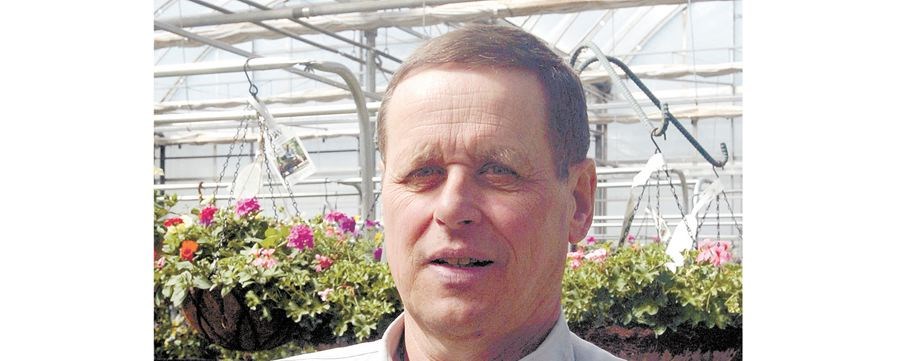I always look forward to eating homegrown tomatoes.
I have yet to find a tomato that tastes better than a homegrown tomato. Whether grown in a greenhouse, garden or container, tomatoes are quite easy to grow and when grown properly will reward the gardener with tasty fruit that can be enjoyed throughout the season.
Plant tomatoes in a rich, well-drained soil in a location where they will receive at least six to eight hours of daily sunlight. Good quality soil is always important as this is the foundation for the plant's roots. Poor soil can result in poor growth, which in turn results in a poor harvest.
Tomatoes require even, moderate temperatures that do not exceed 35 C or go below 10 C. When the temperatures go below 10 C the pollen in the flower is no longer viable, resulting in the flower falling off. Consistent moisture is important as it prevents the skin of the fruit from cracking, blossom-end rot and leaf curl. Tomato plants whose leaves curl down can be a natural result of not enough water so the leaves curl down to reduce exposure to sunlight, which in turn reduces moisture loss. Don't allow them to go too dry between watering. When watering tomatoes, try not to get the foliage wet, so water the soil not the plant. Use room temperature water if possible, and always water in the morning as this will allow the foliage to dry before nightfall. This should help control any fungal problems that can be harmful to the plant.
Nutrition is an important factor in growing healthy plants and a good crop. Feed tomatoes on a regular basis with either a vegetable fertilizer or a tomato plant food.
Knowing what type of tomato you are growing is also helpful. If the tomato variety is a 'determinate type' it will grow into a bush and not require much staking. The 'indeterminate types' will need to be staked as they grow very tall throughout the season. They also benefit from having their suckers removed. The suckers are new growth shoots that form at the leaf joint on the main stem of the plant. If they are not removed they will take important energy away from the plant, resulting in smaller yields.
A problem to watch for when growing tomatoes is mildew on the plant. This can be caused by poor air circulation, especially when growing tomatoes in the greenhouse. Create space between the plants, and make sure that the greenhouse has vents or a window that opens and then leave the door open during the day to move the air around.
Aphids are a common pest found on tomato plants. Being proactive and placing yellow sticky tapes in the greenhouse before the aphids go to the tomatoes will help deter them. If the aphids are already on the tomato plants they won't leave the tomato and go to the yellow strip so you will have to either remove the aphid from the plant manually, organically or use a chemical.
Poor pollination can also affect the crop outcome. Tomato flowers need to be pollinated and if there are no pollinators such as bees pollination can be done by gently shaking the plant in the morning to move the pollen or by using a cotton swab or small paint brush and touching each flower.
Sometimes the leaves will curl on a tomato plant and this is usually a problem starting with the roots of the plant. Either poor soil, lack of moisture, or in the case of container-grown plants, too small of a container. The roots can't keep up to the large amount of leaves so they curl. It won't kill the plant but the leaves that have curled won't uncurl.
If you don't have your tomato plants yet, its not too late. There are still tomato plants available and there is still lots of time for them to produce a bountiful crop of tomatoes.



